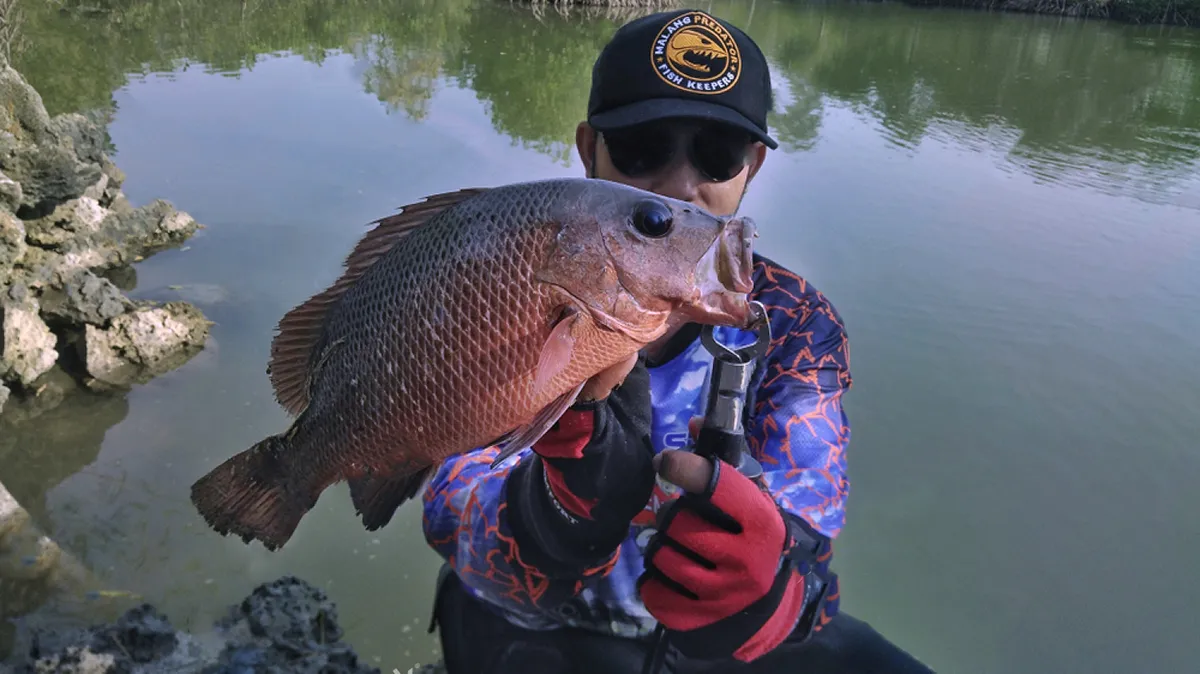G’day, mates! If you’re keen on catching Mangrove Jack, you’ve hit the jackpot with this guide. Known for putting up a heck of a fight, these beauties are a prized catch down in Northern Australia. It’s not just about luck; knowing the ins and outs of Mangrove Jack fishing makes all the difference. And let’s be real, using top-notch Mangrove Jack lures is like having a secret weapon up your sleeve.
Now, speaking of top-notch gear, you can’t go past ReelBoss for your fishing lines. Whether you’re a seasoned angler or just starting, our lines are a game-changer. They’re tough as nails, perfect for the rugged conditions where Mangrove Jack loves to hang out. So, before you cast your line, do yourself a favour and check out our gear at ReelBoss. Trust me; it’s worth a squiz.
Alright, let’s dive deeper into mastering the art of Mangrove Jack fishing. With the right lures from ReelBoss and a bit of know-how, you’ll be reeling in those beauties in no time. Ready to become a Mangrove Jack master? Let’s get into it!
Understanding Mangrove Jack
Mangrove Jacks are cunning predators, thriving in environments where they can ambush prey. To catch them, you’ll want to focus your efforts on coral reefs, rock bars, and rock walls. These structures provide the perfect cover for Jacks to hide and hunt, making them prime spots for anglers. Both shallow water and deeper water areas can be productive, but it’s essential to consider the tide. The run-out tide is particularly effective for targeting Mangrove Jacks as it stirs up smaller fish and brings them into the open, making them easy targets for Jacks and, consequently, making the Jacks easier for you to target.
Understanding their behavior is key. Mangrove Jacks are more active and aggressive during the early morning and late afternoon, especially in warmer months. Using the right bait or lure is crucial; live baits like small fish or prawns work well, as do Mangrove Jack lures designed to mimic these prey items. For lures, opt for those that can navigate the Jacks’ habitat, like soft plastics or paddle tails, which are effective in shallow waters, and surface lures for deeper waters. Patience and precision in placing your bait or lure close to their hiding spots without snagging will significantly increase your chances of a successful catch.
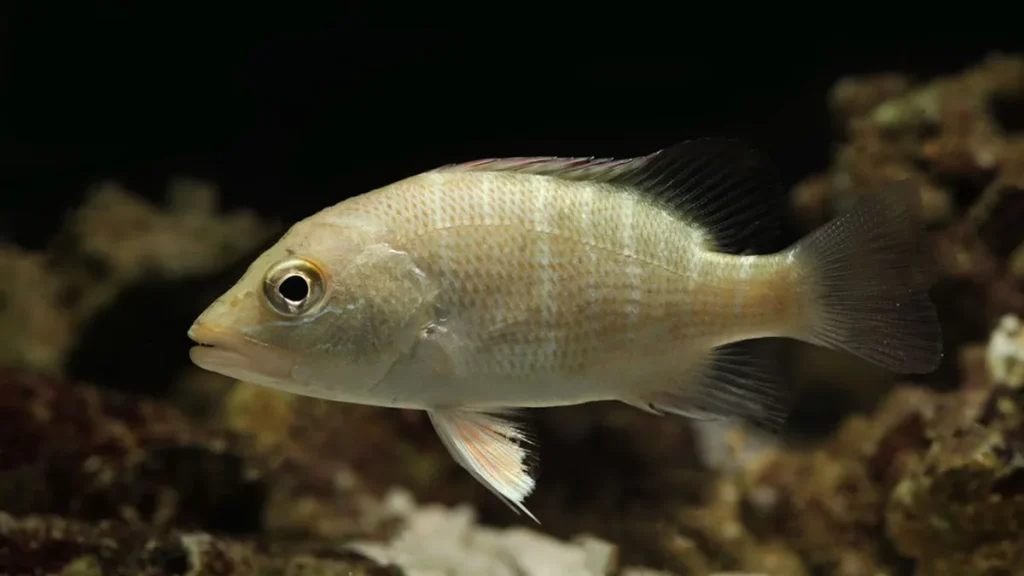
Essential Gear for Mangrove Jack Fishing
For a successful Mangrove Jack fishing trip, gearing up correctly is essential. Start with spin reels; they’re versatile, making them excellent for casting soft plastics or paddle tails with ease. These reels ensure a smooth retrieve, vital for targeting jacks effectively. If you’re aiming for precision, especially around tricky spots like coral reefs or rock bars, opt for a bait cast rod. These rods offer greater control, allowing you to place Mangrove Jack lures with accuracy.
Your lure selection should feature soft plastics, surface lures, and paddle tails. Soft plastics are fantastic for mimicking the prey Mangrove Jacks can’t resist, ideal for use around structure. Surface lures are your go-to in deeper waters, designed to draw Jacks out of their hiding spots. Meanwhile, paddle tails create a lifelike swimming action that Jacks find irresistible, and effective in both deep and shallow waters.
Matching your gear with the fishing conditions and understanding the Mangrove Jack’s behavior is key to landing these sought-after fish. Equip yourself with the right tackle, and you’re on your way to a fruitful fishing adventure.
Best Techniques for Catching Mangrove Jack
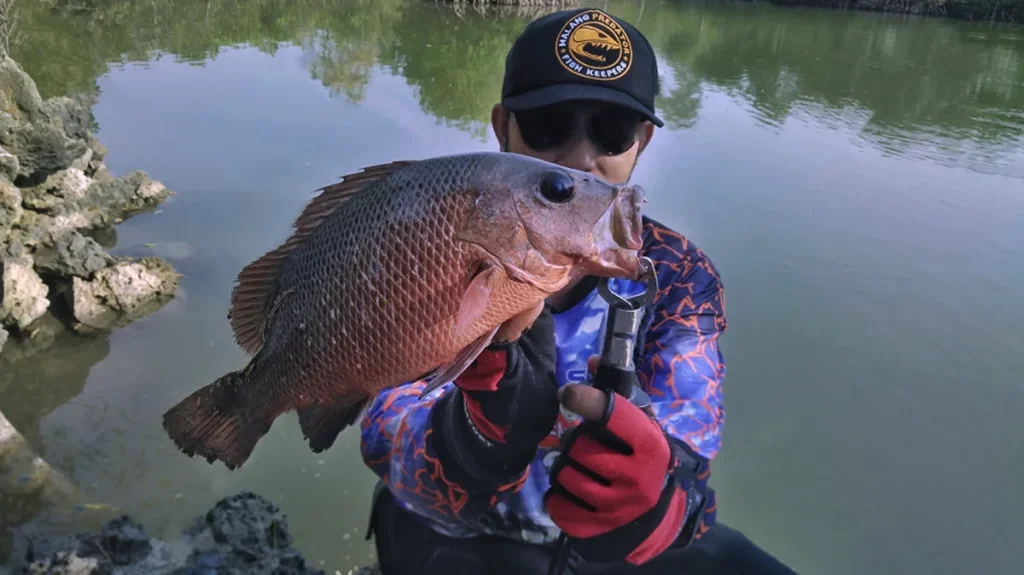
Alright, let’s get into the nitty-gritty of how to catch Mangrove Jack, focusing on techniques that’ll have you chasing jacks like a pro. Whether you’re around coral reefs or rock bars, these spots are Jack magnets, and knowing how to approach them makes all the difference.
First up, bait fishing with live bait is a classic and deadly method. Nothing tempts a Jack more than a lively prawn, poddy mullet, or herring. These critters, wriggling at the end of your line, are irresistible. Just make sure your live bait is fresh and lively; it’s the movement that attracts the Jacks.
But if you’re more into lures, then you’re in for some fun. When chasing jacks in snaggy environments like coral reefs and rock bars, using artificial lures that mimic Jack’s natural prey can be highly effective. Think along the lines of soft plastics that look like small fish or crustaceans, twitched and paused near their hideouts.
The trick with both these techniques is to get your bait or lure right into the thick of where Jacks hang out, without snagging. It’s a bit of an art form, requiring patience and precision, but get it right, and you’ll be rewarded with one of the toughest fighting fish in the waters down under. Keep these tips in mind, and you’ll be well on your way to mastering Mangrove Jack fishing.
Choosing the Right Lures and Baits
Selecting the right Mangrove Jack lures and live baits are key for successfully catching jacks. Let’s talk lures first. Soft plastics are ace for imitating the small fish and critters these Jacks love. Chuck them around snags or let them drop near rock bars; they’re deadly effective. Then, you’ve got your surface lures. These beauties work wonders in the early morning and late arvo, especially when Jacks are on the hunt on top. Don’t forget about paddle tails either. Their lifelike swimming action in the water can be irresistible to a Jack on the prowl.
Now, onto live baits. Nothing beats the real deal. For bait fishing, live prawns, mullet, or herring are your best mates. Jacks can’t resist a live, wriggling bait, making them perfect for tempting these crafty fish out of their hideouts.
Remember, whether you’re using lures or live bait, the key is presenting them in the right place at the right time. Get this combo sorted, and you’re well on your way to landing a hefty Mangrove Jack. Keep these tips in mind, and you’ll boost your chances of a successful catch.
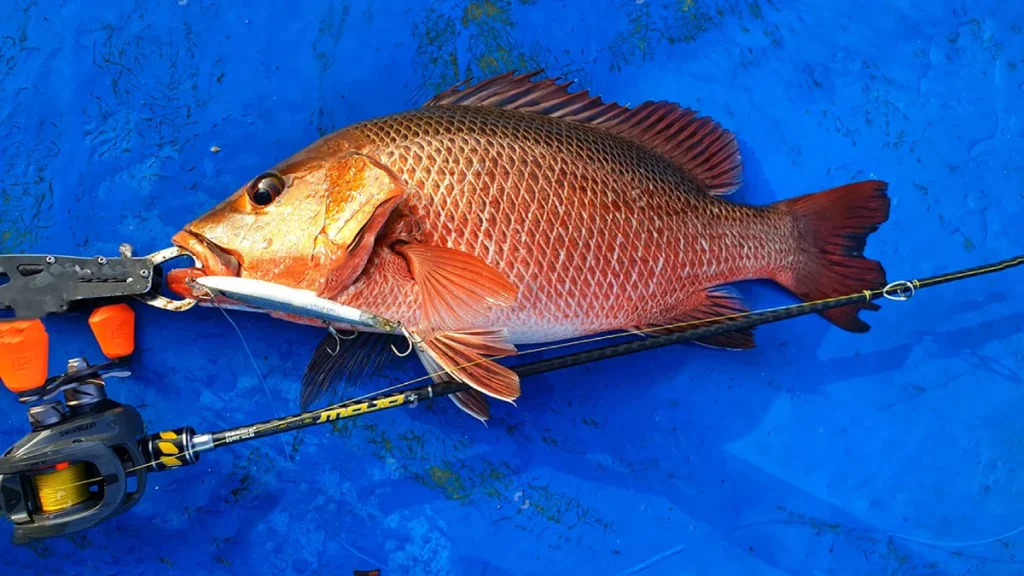
Prime Locations for Mangrove Jack Fishing
Looking for the top spots to land a Mangrove Jack in Northern Australia? You’re in luck. This region is a goldmine, especially if you know where to drop your line. The key? Finding places with plenty of rock walls and coral reefs. These areas are like magnets for Jacks, providing them with both food and shelter.
Water depth plays a huge role too. Whether it’s shallow waters that let you sight cast to Jacks lurking near the surface, or deeper waters where the big ones roam, knowing the depth can make or break your day. For those just starting, focusing on estuaries and river mouths can yield good results, especially around structures like jetties and fallen trees.
But if you’re up for a challenge, head out to the coastal rock bars and coral reefs. These areas require a bit more skill and the right gear but believe me, the payoff is worth it. Whether you’re flicking lures or floating live baits, these prime locations are where you want to be for Mangrove Jack fishing.
Advanced Tips and Tricks
To really up your game in catching Mangrove Jack, it’s all about timing, technique, and the right gear. Understanding the run-out tide is crucial, as Mangrove Jack are more active, seeking out baitfish being swept out. This is your golden window. When it comes to gear, having a good spin reel allows for quick, long-distance casts, especially when you’re tossing soft plastics or paddle tails. Meanwhile, a bait cast rod gives you the precision needed to drop your lure right into those tight spots where Jacks love to hang out, like rock walls and coral reefs.
Honing your casting technique ensures your bait lands exactly in those jackpot spots without spooking the fish. Diversifying your approach with both live baits and artificial lures can also increase your chances. Live baits, like prawns or small fish, naturally attract Jacks with their movements. Artificial lures, on the other hand, let you cover more ground and experiment with different retrieval techniques to mimic prey. By balancing precision with versatility and sticking to prime feeding times, you’ll significantly improve your odds of landing that elusive Mangrove Jack.
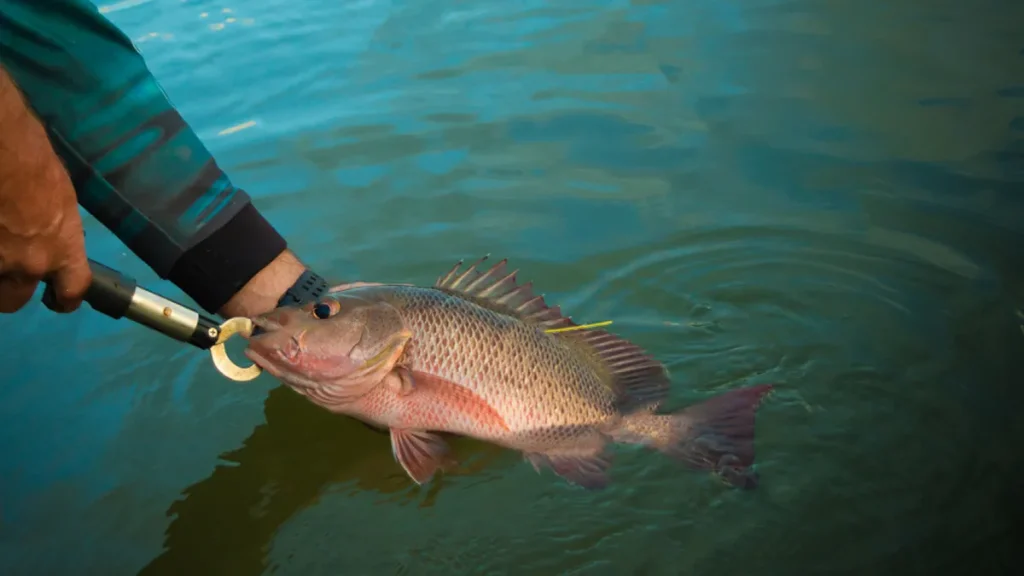
Conclusion
In the quest to master catching Mangrove Jack, we’ve explored the vital roles of timing with the run-out tide, choosing the right spin reels and bait cast rods, and the art of selecting effective lures and live baits. The thrill of Mangrove Jack fishing is unmatched, offering both a rewarding challenge and an exhilarating adventure in the stunning waters of Northern Australia.
We encourage you to dive into these techniques and experiment with the variety of lures mentioned. Whether you’re navigating coral reefs or rock bars, the journey of chasing jacks is sure to be an unforgettable experience. Remember, the journey is as rewarding as the catch, and every cast brings you closer to becoming a Mangrove Jack expert.
And remember, to enhance your adventure and increase your success rate, consider arming yourself with ReelBoss fishing lines. Designed to withstand the rigorous conditions of Northern Australia and the tenacity of Mangrove Jack, our fishing lines could be your secret weapon. Check out ReelBoss for top-notch fishing lines that could make all the difference on your next fishing trip.
So, grab your gear, and let’s hit the water. The adventure of a lifetime awaits in the quest for Mangrove Jack. Happy fishing, and may your lines always be tight!
